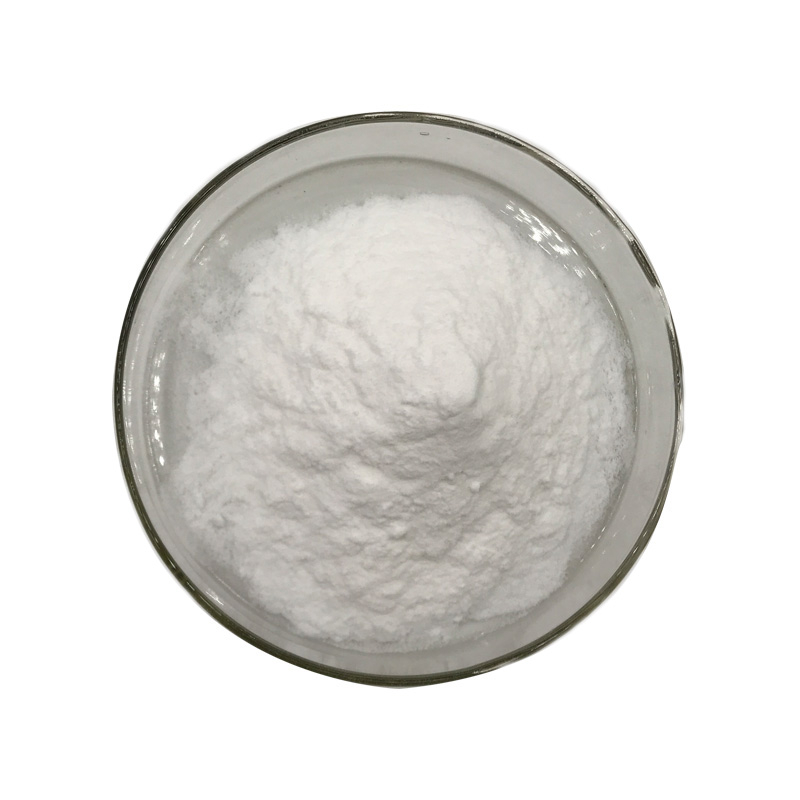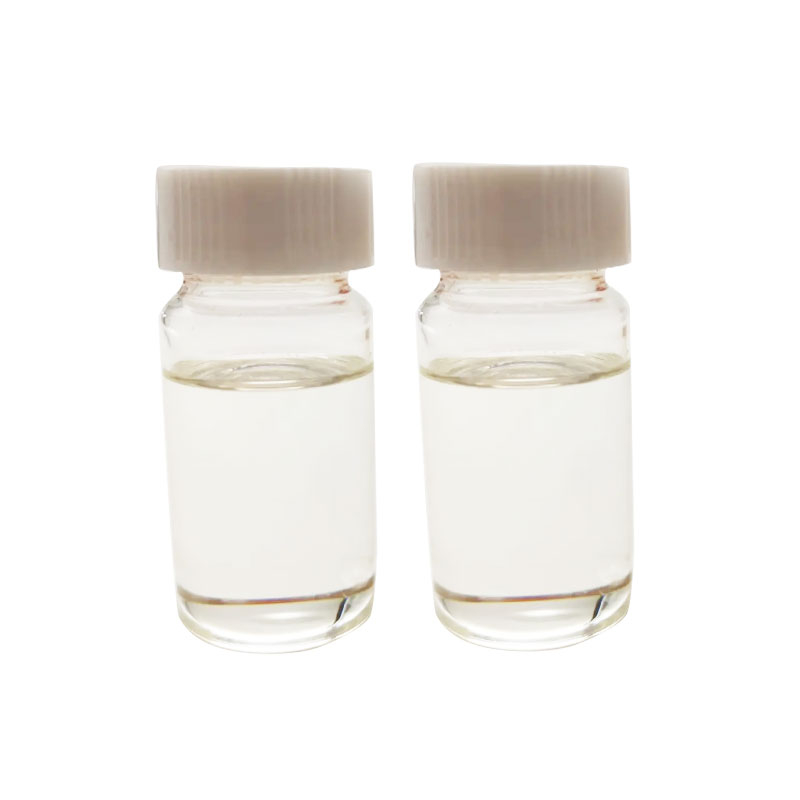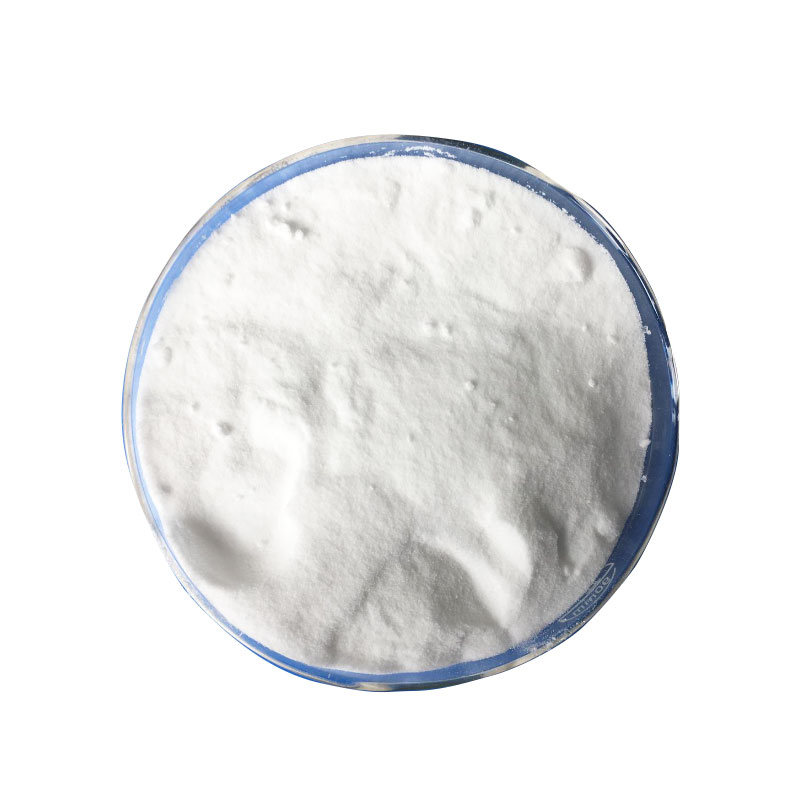POLY(DIMETHYLAMINE-CO-EPICHLOROHYDRIN) Chemical Propertiesdensity 1.1 g/mL at 25 °Crefractive index n20/D 1.427CAS DataBase Reference25988-97-0EPA Substance Registry SystemMethanamine, N-methyl-, polymer with (chloromethyl)oxirane (25988-97-0)Safety InformationHazard Codes XiRisk Statements 38-41Safety Statements 23-26-36/37/39WGK Germany 3Factory and Equipment ShowFast delivery timeInventory 2-3 working days New production 7-10 working days
ติดต่อตอนนี้
Epichlorohydrin CAS# 106-89-8Epichlorohydrin is a sort of organochlorine compound as properly as epoxide. It can be used as an industrial solvent. It is a exceptionally reactive compound, and can be used for the manufacturing of glycerol, plastics, epoxy glues and resins, and elastomers. It can additionally be used for the manufacturing of glycidyl nitrate and alkali chloride, used as the solvent of cellulose, resins, and paint as properly as being used as an insect fumigant.
ติดต่อตอนนี้
Products Description of Isobornyl methacrylate CAS#7534-94-3Isobornyl methacrylate is a colorless, transparent liquid. Isobornyl methacrylate is a monomer that combines hardness and flexibility. Due to its molecular structure, its polymer has excellent high gloss, vividness, scratch resistance, medium resistance and weather resistance, and its hygroscopicity is significantly lower than that of MMA (methyl methacrylate).
ติดต่อตอนนี้
Products Description of 2'-Fucosyllactose CAS#41263-94-9 BASF’s Newtrition® brand for human nutrition launched 2’-fucosyllactose (2’-FL), the largest human milk oligosaccharide (HMO) product, to the infant nutrition market in early 2019. HMOs are a unique class of carbohydrates that occur naturally in breast milk and are the second most abundant nutrient in breast milk after fat and lactose.2’-fucosyllactose is produced by microbial fermentation of genetically modified Escherichia coli strains.
ติดต่อตอนนี้
Products Description of 2,4-Dichlorophenoxyacetic acid CAS#94-75-7White crystals. Melting point 138℃, boiling point 160℃ (53Pa). Soluble in organic solvents such as ethanol, acetone, ether and benzene, insoluble in water.
ติดต่อตอนนี้
Dodecyltrimethylammonium Bromide Chemical PropertiesMelting point 246 °C (dec.)(lit.)density 1.1566 (rough estimate)vapor pressure 0Pa at 20℃refractive index 1.5260 (estimate)Fp 246°Cstorage temp. Store below +30°C.solubility H2O: 0.1 M at 20 °C, clear, colorlessform Powdercolor White to slightly yellowWater Solubility solubleSensitive Hygroscopicλmaxλ: 240 nm Amax: ≤0.2λ: 250 nm Amax: ≤0.03λ: 260 nm Amax: ≤0.02λ: 500 nm Amax: ≤0.02BRN 3597463InChIKeyXJWSAJYUBXQQDR-UHFFFAOYSA-MCAS DataBase Reference1119-94-4(
ติดต่อตอนนี้
Products Description of 4-Aminotetrahydropyran CAS#38041-19-94-Aminotetrahydropyran can be used as an organic synthesis intermediate and pharmaceutical intermediate4-Aminotetrahydropyran Chemical PropertiesBoiling point 60 °Cdensity 0.977 g/cm3 at 25 °Crefractive index n20/D 1.463Fp 54°Cstorage temp. Keep in dark place,Inert atmosphere,2-8°Cpka9.63±0.20(Predicted)form liquidcolor ColourlessInChIKeyAHVQYHFYQWKUKB-UHFFFAOYSA-NCAS DataBase Reference38041-19-9(CAS DataBase Reference)Safety InformationHazard Codes Xi,XnRisk Statements 10-34-41-
ติดต่อตอนนี้
Cyclohexanone CAS#108-94-1Cyclohexanone is a colorless, clear liquid with soil smell; its impure product seems as mild yellow color. It is miscible with numerous different solvents. without difficulty soluble in ethanol and ether. The decrease publicity restrict is 1.1% and the higher publicity restriction is 9.4%.
ติดต่อตอนนี้
Products Description of 4-Hydroxy-2-butanone CAS#590-90-94-Hydroxy-2-butanone is a component of bark beetle powder used to lure and kill bark beetles. It forms a complex with a Ziegler-Natta catalyst and is used as a catalyst for the stereospecific polymerization of butadiene and an organic synthesis intermediate.
ติดต่อตอนนี้
Idebenone CAS#58186-27-9 Edesbenzone is a quinone organic compound similar to coenzyme Q-10. It is a drug developed by Takeda Pharmaceutical to treat Alzheimer's disease and a number of other cognitive defects. However, these advances related to this indication have been modest.
ติดต่อตอนนี้
Methyltriphenylphosphonium iodide Chemical PropertiesMelting point 183-185 °C(lit.)storage temp. Keep in dark place,Inert atmosphere,Room temperaturesolubility Chloroform (Slightly), Methanol (Slightly)form Powdercolor White to light yellowWater Solubility SOLUBLESensitive Light Sensitive & HygroscopicInChIInChI=1S/C19H18P.HI/c1-20(17-11-5-2-6-12-17,18-13-7-3-8-14-18)19-15-9-4-10-16-19;/h2-16H,1H3;1H/q+1;/p-1InChIKeyJNMIXMFEVJHFNY-UHFFFAOYSA-MSMILES[P+](C)(C1=CC=CC=C1)(C1=CC=CC=C1)C1=CC=CC=C1.[I-]CAS DataBase Reference2065-66-9(CAS DataBase Reference
ติดต่อตอนนี้
Products Description of Tetrabutylammonium bromideCAS#1643-19-2Tetrabutylammonium bromide is a common chemical product on the market.
ติดต่อตอนนี้
Products Description of Iminodibenzyl CAS#494-19-9Iminodibenzyl is a chemical substance with the molecular formula C14H13N.Iminodibenzyl Chemical PropertiesMelting point 105-108 °C (lit.)Boiling point 321.94°C (rough estimate)density 1.0778 (rough estimate)refractive index 1.6353 (estimate)storage temp. Keep in dark place,Sealed in dry,Room Temperaturesolubility Chloroform (Slightly), Ethyl Acetate (Slightly, Heated), Methanol (Slightly)form Crystalline Powderpka0.83±0.20(Predicted)color Yellow to beigeBRN 152732LogP4.27CAS DataBase Reference49
ติดต่อตอนนี้
Products Description of 1,2,3-1H-Triazole CAS#288-36-8Crystallization.
ติดต่อตอนนี้
Products Description of 1H,1H,2H,2H-Perfluorodecyltriethoxysilane CAS#101947-16-4Organosilicon compounds and organosilicon materials made from them are of many varieties and excellent in performance. They have been widely used in industrial and agricultural production, emerging technologies, national defense and military industries, etc. The hydrosilylation reaction is one of the most important methods for generating Si-C bonds in organosilicon chemistry.
ติดต่อตอนนี้
Products Description of 3,4-Dihydro-2H-pyran CAS#110-87-23,4-Dihydro-2H-pyran, referred to as DHP, is an organic intermediate often used as a protective group.
ติดต่อตอนนี้
Products Description of PHOSPHORIC ACID CAS#78-42-2PHOSPHORIC ACID is widely used as a flame retardant, plasticizer, and extraction agent in the production of chemical companies. Its most important use is the production of hydrogen peroxide.
ติดต่อตอนนี้
Products Description of AMBERLITE(R) XAD-4 CAS#37380-42-0Ion exchange resin is a kind of functional polymer that can exchange with ions of the same sign in aqueous solution. It is essentially a cross-linked polymer acid or polymer base. Phenolic cation exchange resin was first introduced in 1935, and industrial production began in Germany in 1939 and the United States in 1941. After World War II, polystyrene and polyacrylic acid ion exchange resins were put into production one after another. After the 1960s, macroporous ion exchange resins were developed.
ติดต่อตอนนี้
Polyacrylonitrile CAS#25014-41-9 Polyacrylonitrile is a kind of synthetic resin manufactured through the free radical polymerization of acrylonitrile. It belongs to the acrylic resin family. It is thermoplastic, and is resistant to most solvents and chemicals because of the strong chemical bonds formed between the nitrile groups. It is a kind of versatile polymer which can be used to produce many kinds of products such as fibers for textiles, ultra filtration membrane, carbon fiber and hollow fibers for reverse osmosis.
ติดต่อตอนนี้
Products Description of O-Phenanthroline CAS#66-71-71,10-Phenanthroline monohydrate is an organic intermediate, white crystalline powder. It is a redox indicator, a reagent for the determination of ferrous iron, palladium, vanadium, copper, and iron.Monohydrate is a white crystalline powder.
ติดต่อตอนนี้
Products Description of Maltose CAS#69-79-4Maltose is the abbreviation of maltobiose, also known as D-maltose and maltose. A disaccharide formed by connecting, condensing, and dehydrating two molecules of α-D-glucose through α-1,4 glycosidic bonds. There is also a free hemiacetal hydroxyl group in the molecule, which is a reducing sugar. Like glucose, it can make Doron's reagent and Fehling's reagent react positively.
ติดต่อตอนนี้
2,3,4,6-Tetra-O-benzyl-D-glucopyranose Chemical PropertiesMelting point 145-149 °C(lit.)Boiling point 672.4±55.0 °C(Predicted)density 1.22±0.1 g/cm3(Predicted)storage temp. Sealed in dry,Store in freezer, under -20°Csolubility Soluble in chloroformpka11.87±0.70(Predicted)form Solidcolor White to Off-Whiteoptical activity[α]20/D +49±2°, c = 2% in dioxaneInChIKeyOGOMAWHSXRDAKZ-BKJHVTENSA-NSMILESOC1O[C@H](COCC2=CC=CC=C2)[C@@H](OCC2=CC=CC=C2)[C@H](OCC2=CC=CC=C2)[C@H]1OCC1=CC=CC=C1CAS DataBase Reference4132-28-9(CAS DataBase Reference)Safety InformationHazard
ติดต่อตอนนี้
Products Description of Decyl glucoside CAS#68515-73-1Decyl glucoside is a new type of nonionic surfactant alkyl polyglycoside (APG).
ติดต่อตอนนี้
Products Description of Bretazenil CAS#84379-13-5Brotacetin is a partial agonist of the GABAA receptor of the benzodiazepine class. It was first developed by Roche as an antianxiety drug. Studies have found that brotacetin can counteract the spasms caused by pentamethazine. At an antispasmodic dose (125-250 μg·kg-1), brotacetin combined with pyridostigmine (100 μg·kg-1, im) and aprofen (4 mg·kg-1, im) can prevent sarin and soman poisoning. Brotacetin has good antianxiety activity at a dose of 50-400 μg·kg-1. Compared with diazepam, it has little adverse reaction of myasthenia.
ติดต่อตอนนี้



































